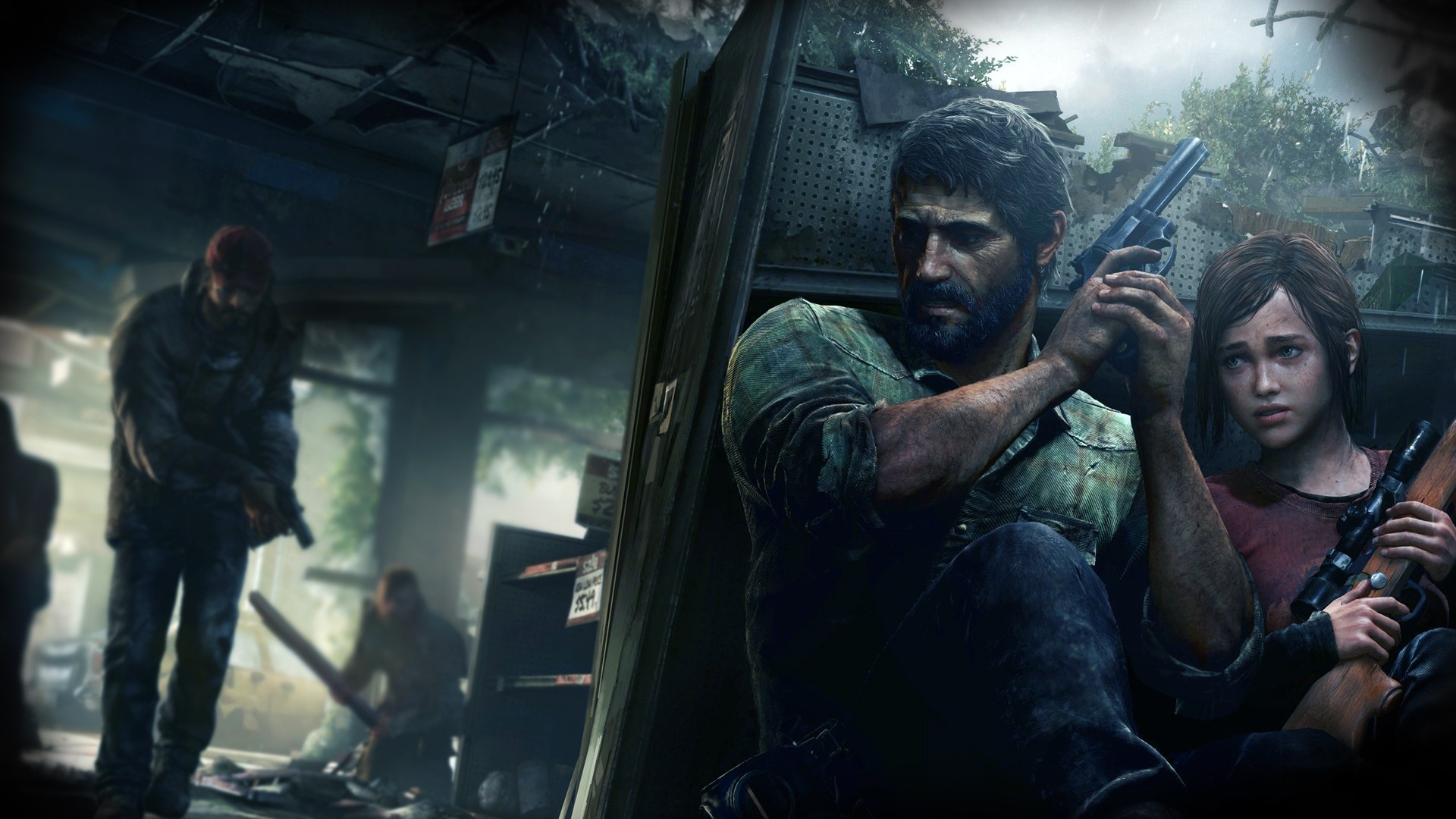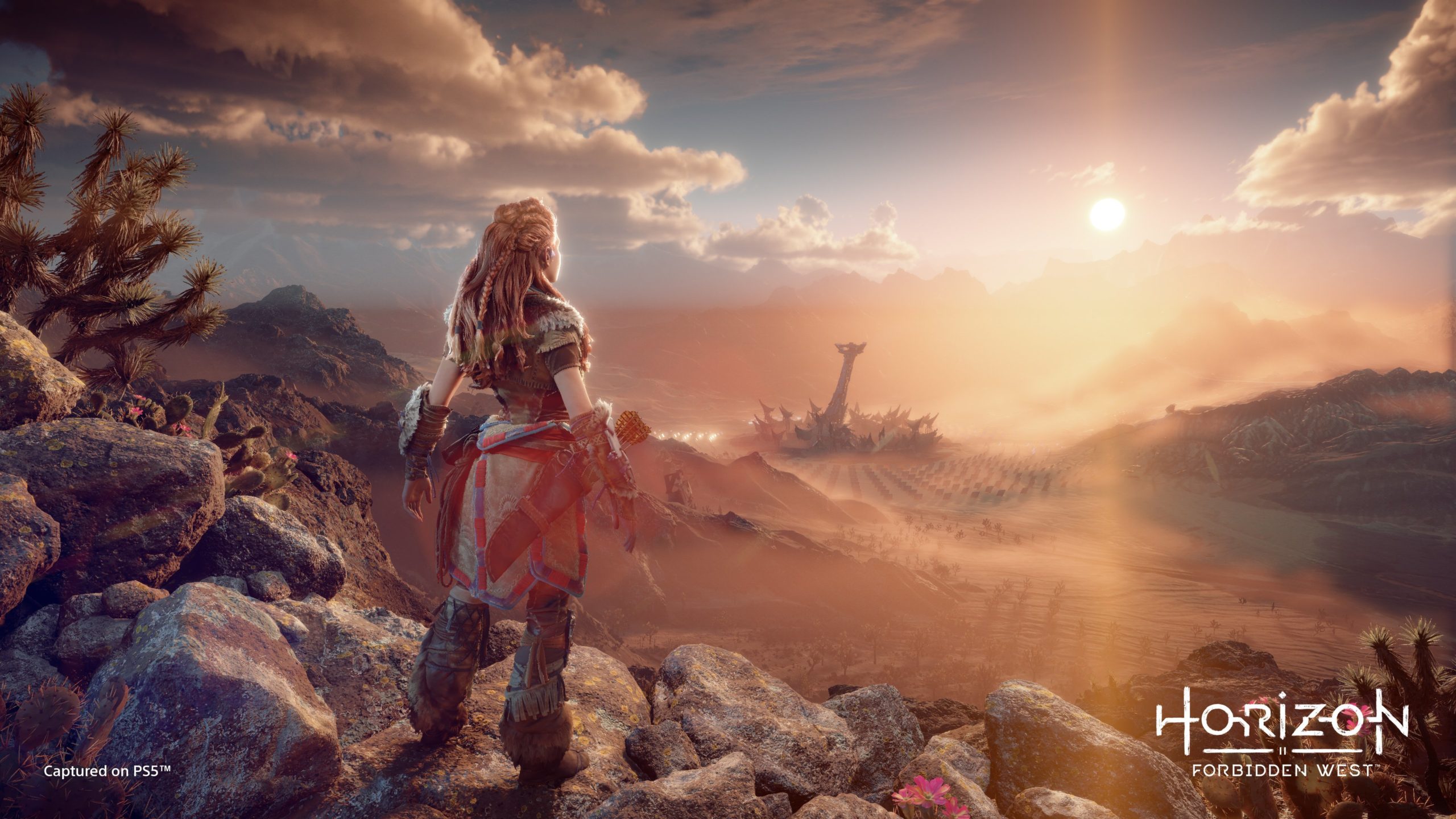
While Sony has always used exclusive games to sell its PlayStation consoles, it’s not really unfair to say that for a very long time, most of those exclusives came from third party partners, rather than Sony themselves. Crash Bandicoot, Spyro, Final Fantasy, Metal Gear Solid, Ridge Racer, Tekken, Persona, most notable PlayStation games that people identified the brand with, at least early on, were not from Sony. There were, of course, exceptions to the rule – Gran Turismo was an early Sony first party hit, and it spawned a franchise that continues to this day, while God of War and Ratchet and Clank kicked off series of their own in the PS2 era. But like I said, they were exceptions, not the rule.
This started to change in the PS3 era. That was when Sony realized it couldn’t take third party exclusives for granted – don’t get me wrong, most major third party games still came to the PS3, but games that may once have been PlayStation exclusive, such as Grand Theft Auto 4, or most notably, Final Fantasy 13, all went multiplatform, hitting the Xbox 360 as well. In terms of exclusives, Sony didn’t have the edge, because most of their notable exclusives were going to multiple systems at the same time.
Sony understood their plight here, because they did the extremely sensible thing that it would take some of their competitors another decade or so to get around to doing themselves – they realized that if they wanted to sell their systems on the back of their exclusives, those exclusives would have to come from themselves. Sony could no longer rely on third parties furnishing PlayStation with notable exclusives, not in the era of HD development, where game development was so expensive that multiplatform releases were all but necessary to see meaningful returns on investment.
The PS3 era was where Sony started to build up its first party roster. It was marked by wild experimentation, and a sort of “anything goes” philosophy. It was a bit reminiscent of the Sega of old actually – a lot of games, with a lot of varied styles, and of wildly varying quality. But Sony’s first party games in the PS3 era weren’t necessarily huge industry stopping performers – selling 5 million was a big deal for a Sony game (ones not named Gran Turismo anyway) back in the day. It wasn’t until the very end of the PS3 era, with The Last of Us, that the success – and future direction – of Sony’s first party efforts became clear.
The Last of Us was a seminal critical success, but perhaps more importantly, it was a massive commercial success. With over 18 million units sold, it showed Sony what a market there was for that kind of game – and from then on, that informed their direction with their titles.
Rather than trying to meet every possible genre – such as multiplayer shooter – with their first party games, Sony realized they didn’t need to do that. After all, no third party multiplayer shooter they made would be bigger than Call of Duty, and Call of Duty was going to come to PlayStation anyway. But there was a market for story driven singleplayer experiences – a market that was very clearly not being served, as third party publishers hopped on the Games as a Service bandwagon. And Sony is exceptionally good at making games that fit that single player story driven adventure mold. And so the circumstances all lined up, and the perfect storm was born.
The results speak for themselves, really. Last generation, Sony had one game that crossed 10 million – Gran Turismo 5 (The Last of Us needed the PS4 port to reach its massive sales). This generation, we have five games to have done so already: Spider-Man, Horizon: Zero Dawn, God of War, and, yes, the PS4 port of The Last of Us. This isn’t counting games such as The Last of Us Part 2 or Ghost of Tsushima, which are all but guaranteed to get to the 10 million milestone (and which would bring that total up even further).
The list of that games is as important as what it signifies. That’s a list that includes two sequels, two new IPs, and one new take on an existing property. Basically what it shows is Sony is capable of moving anything in big numbers, be it a sequel or a new IP. Crossing 10 million units sold that frequently – and on one system alone – when that is a mark even third parties often fail to breach (when releasing on multiple platforms) is indicative of the strength of Sony’s first party now. Sony’s first party game releases become events now, and each is guaranteed to meet a certain baseline standard of quality, and be a big seller – at least as far as Sony’s big flagship releases go.
Why is this important? It’s important because Sony is now capable of selling its consoles to a fanbase on the basis of nothing but their first party games. There are enough fans of Naughty Dog, God of War, or Horizon that people will want to get a PS5 to get their respective next games. This is honestly something that only one other company has ever managed to achieve – Nintendo (who have now been selling their systems on the back of mostly nothing but their own titles for almost 20 years now). Not even Sega could support a console with only its first party efforts, and it’s no coincidence that the most successful Sega system – the only successful Sega system – was the one that had an entire industry’s worth of third party support backing it.
In the long run, this secures Sony’s position entirely. Even in a nightmare hypothetical scenario, where they make a system that is completely abandoned by third parties, Sony can sell enough consoles on the promise of their first party games to stay afloat until they can try again (think Nintendo with the Wii U or GameCube) – and of course, Sony will never reach that nightmare scenario to begin with, because in spite of the strength of their first party games, they still do make consoles with third party game makers in mind.
What this means for the next generation is that, presuming the PS5 is not a sales disaster, we will probably see more games from Sony cross the 10 million mark (probably the sequel to Ghost of Tsushima and maybe even Ratchet and Clank: Rift Apart), but also more games cross the 15 million mark (only two did this gen), and start to brush up against the 20 million ceiling. Once again, these are crazy numbers – most multiplatform games don’t even reach those numbers, and those release on multiple systems, not just one. And these crazy numbers will only perpetuate Sony’s position in the industry, and their capability to sell their platforms without needing to rely on third parties to carry the torch for them – millions will buy a PlayStation anyway to play Sony’s first party efforts.
Note: The views expressed in this article are those of the author and do not necessarily represent the views of, and should not be attributed to, GamingBolt as an organization.
















